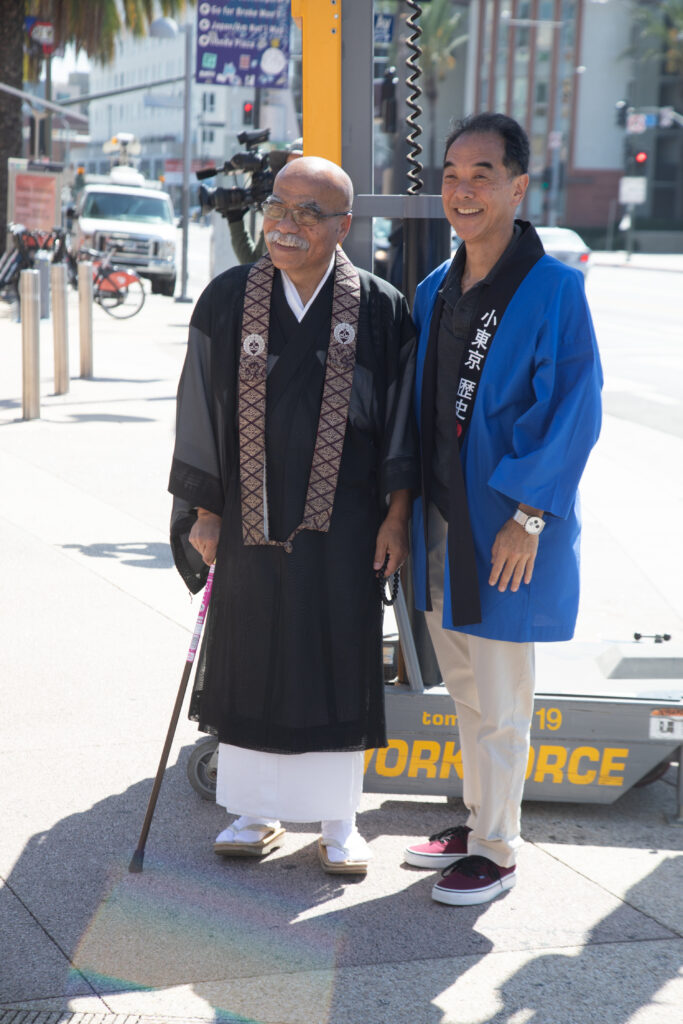With fall right around the corner, we are reflecting on a great summer welcoming teachers from across the country to Little Tokyo to participate in weeklong Landmarks of American History and Culture workshops titled Little Tokyo: How History Shapes a Community Across Generations. Funded by the National Endowment for the Humanities, the Landmarks of American History and Culture program brings K–12 educators to sites, areas, and regions of historic and cultural significance.




Image Gallery: Lynn Yamasaki, director of JANM’s Education unit, talks with educators. Educators on a tour of Little Tokyo. The site of the Manzanar concentration camp. Former incarcerees and JANM Volunteers Hal Keimi, June Berk, and Richard Murakami talk with teachers.
Teachers are some of our very favorite people and we were so pleased to welcome fifty-eight incredible educators selected from an applicant pool of over 150 to join us in Little Tokyo!
Collectively, they represented twenty-seven states and reach over 7,200 students each year.
In addition to sessions with JANM Education staff, participants learned from eighteen guest scholars, educators, and community members and gained an in-depth understanding of Japanese American history through the lens of Little Tokyo. Topics gave insight into the community throughout time and included immigration, prewar racism, Bronzeville, World War II incarceration, postwar activism, the redress and reparations movement, and present day issues facing Little Tokyo. This year, a powerful day was spent visiting Manzanar National Historic Site. Check out this short video to hear from some of the participants about their time spent at JANM!
We are grateful to the NEH and to all the teachers who traveled from near and far to join us. It was an inspiring and energizing program for our staff, volunteers, and community.
We are thrilled to share that JANM has received another Landmarks of American History and Culture grant to continue workshops again in 2025. Keep an eye on our website or join our education enewsletter to stay informed about the application period and process.
Little Tokyo: How History Shapes a Community Across Generations has been made possible in part by a major grant from the National Endowment for the Humanities.




Image Gallery: Educators look at artifacts from JANM’s Collection. Kristen Hayashi, director of Collections Management and Access and curator, and Hal Keimi speak with educators. Karen Ishizuka, chief curator, moderates a panel with community members Mike Murase, Kathy Masaoka, and Mark Masaoka about Little Tokyo.

















































